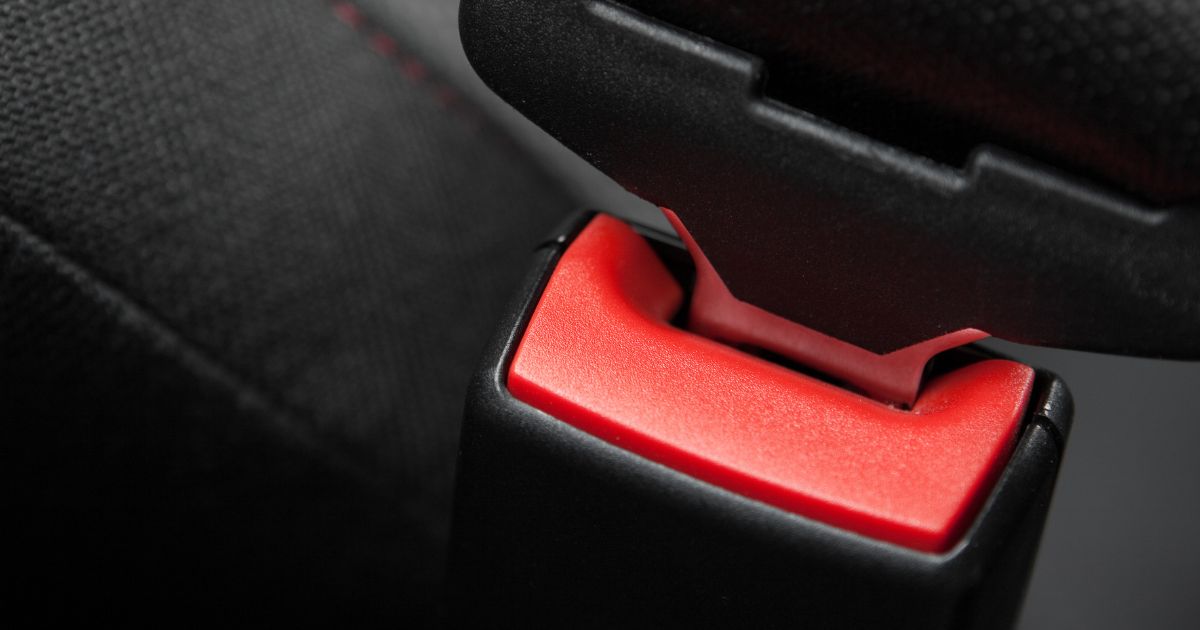Inflatable seat belts have become increasingly popular for motorists and their families across the country. Combining airbags and vehicle seat belts into one high-tech package, inflatable seat belts can seemingly offer adult passengers an additional level of protection in the event of a car accident. However, it is also important to know the risks inflatable seat belts can pose as well.
Since airbags were first introduced, they have expanded to protect passengers beyond the front seat into almost all areas of a car. Today, it is common for modern vehicles to include airbags on the dashboard, steering column, side pillars, and even above windows in the back seat. In recent years, airbags have made their way into vehicle seat belts.
Inflatable seat belts are different from traditional seat belts in both form and function. They have airbags built into the belt itself, adding protection to a person’s chest by spreading potential crash impact over a larger area than traditional seat belts do. Inflatable seat belts are designed to decrease the risk of chest and rib injuries to adult passengers and are now found in the back seats of many makes and models of vehicles.
Inflatable seat belts typical have a double-thick strap, which holds the small airbag inside. They also usually have a rounded belt buckle with a unique, solid connector.
Can Inflatable Seat Belts Be Used to Install Car Seats?
While inflatable seat belts may provide additional safety to some passengers, they are not always safe to use when installing a child’s car seat or booster seat. After the launch of inflatable seat belts over 10 years ago, car seat companies started to communicate directly with consumers with warnings about using inflatable seat belts with their products.
Critics have cited a lack of testing by the National Highway Traffic Safety Administration (NHTSA) to determine the safety of using inflatable seat belts and car seats. Moreover, many car seats simply do not work with inflatable seat belts due to the thickness of the straps and fashion of the buckles and connectors. For these reasons, it is crucial to check your car seat owner’s manual to see if it is compatible with inflatable seat belts. If your car seat is not approved for use with inflatable seat belts, you must install it using the vehicles traditional latch system.
Some carmakers, such as Ford, have chosen to eliminate the option of inflatable seat belts in their rear seats. They instead include seat belt pretensioners and load limiter technology. A pretensioner tightens the seat belt if a car crash occurs, quickly restraining the passenger’s initial forward thrust. A load limiter then allows some necessary “give,” releasing the belt enough to minimize seat belt damage to the neck, shoulder, and ribcage.
The use of pretensioners and load limiters rather than inflatable seat belts in the rear seats of vehicles allow carmakers greater compatibility with more car seat manufacturers while helping prevent injuries. It is also important to note that even without pretensioners, load limiters, or inflatable seat belts, it is always safer for children to ride in the rear seat than the front seat.
As inflatable seat belts are being included as an added safety measure for adults in more vehicles, changes to the compatibility rules for car seats are sure to follow. It is important to stay up to date by researching models online or by reaching out to the car seat manufacturer for the latest policy on this evolving technology.
Mount Holly Car Accident Lawyer at the Law Office of David S. Rochman Seeks Justice for Clients Injured in Accidents
If you have been hurt in a car accident and feel that a seat belt issue caused your injuries, contact a lawyer to discuss your legal options. Our Mount Holly car accident lawyer at the Law Office of David S. Rochman can assist you with your case from start to finish. Call us at 856-751-2345 or contact us online for a free consultation. Located in Mount Laurel, New Jersey, we serve clients throughout Burlington County and the surrounding areas.


